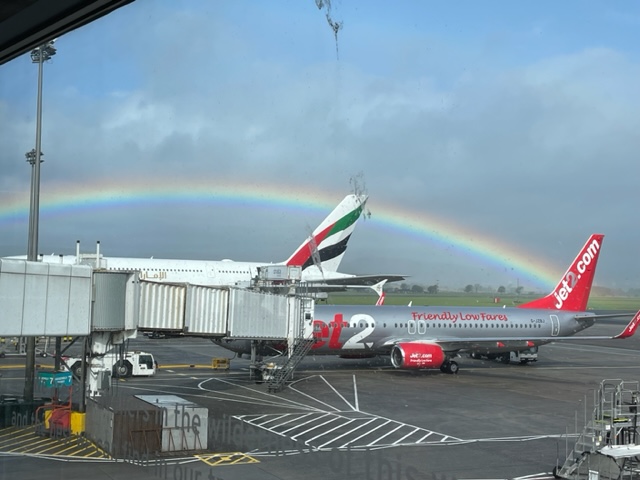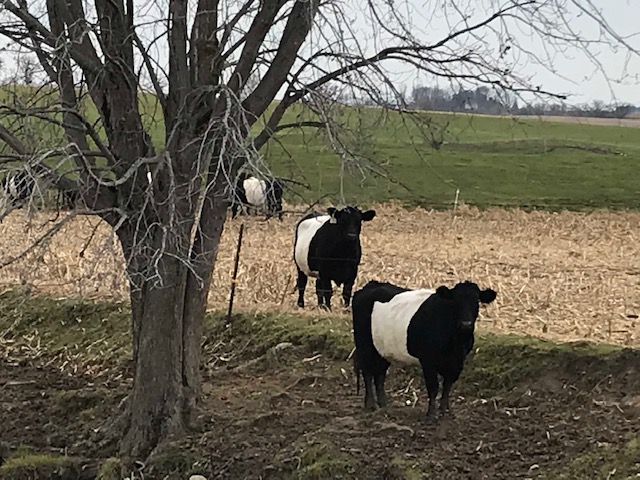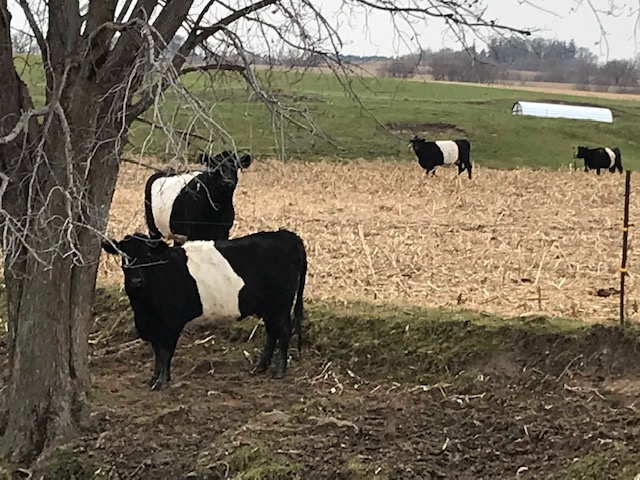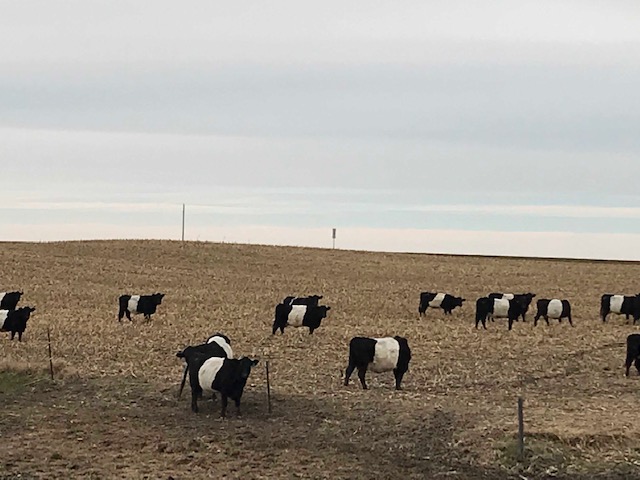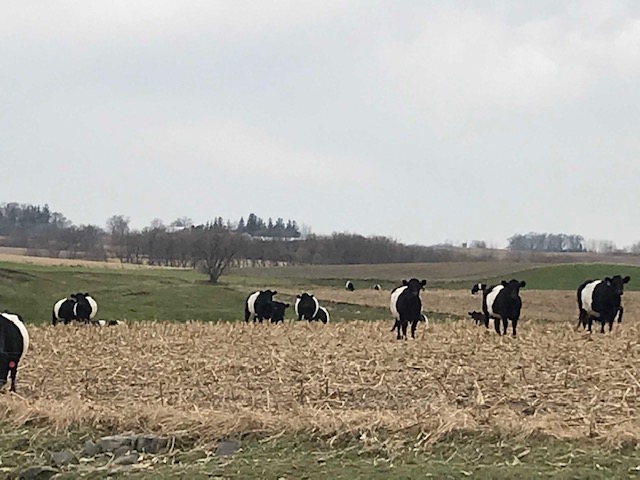During our time in Scotland we were on the lookout for the Highland Cattle, affectionately called Hairy Coos. After a few days we were excited to spot several of them in a field.
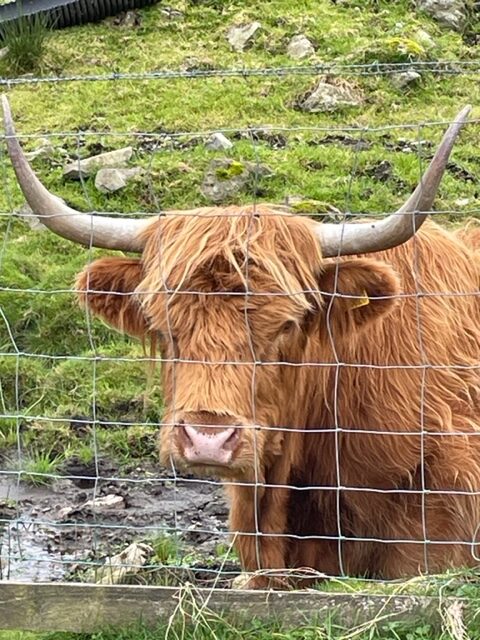
They are unique creatures, with shaggy coats and long horns, and they originated in the Scottish Highlands. They are friendly and cute. One of them ate grass from my hand.
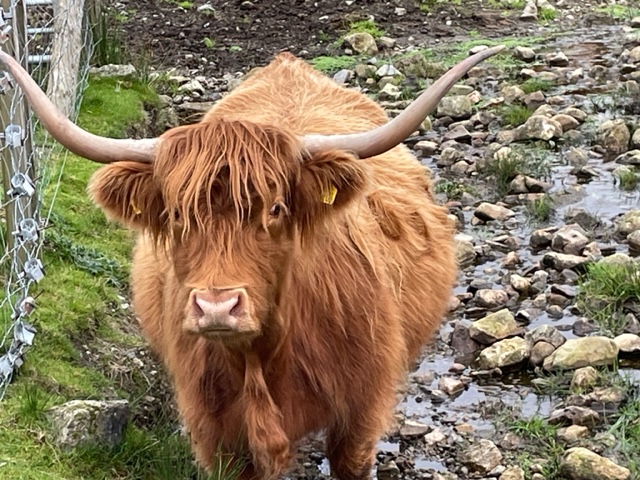
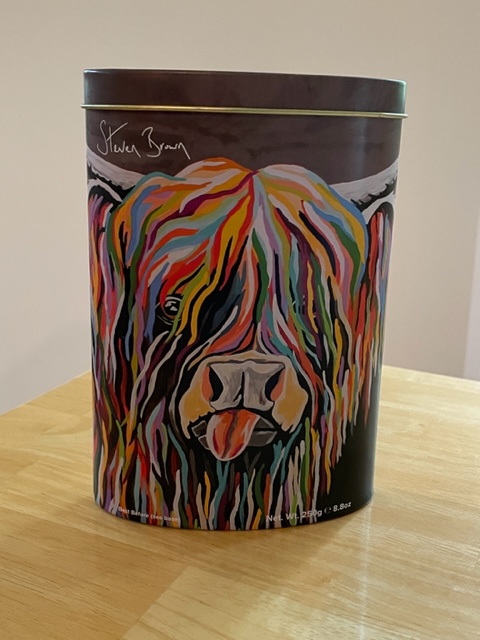
Of course we saw sheep…they seemed to be everywhere! Thousands of them…but I didn’t grow tired of seeing them…
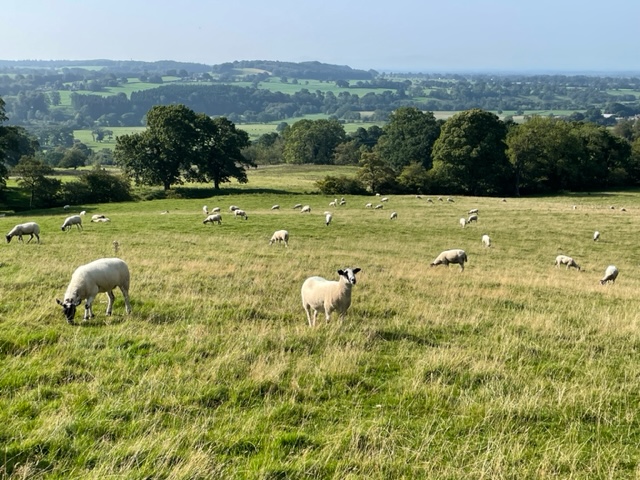
They usually were in settings that were pastoral and calming.
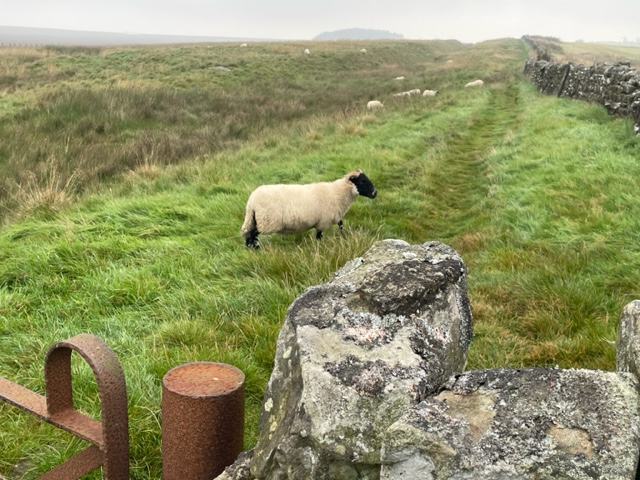
And I always like to see horses in a field…

And cattle…
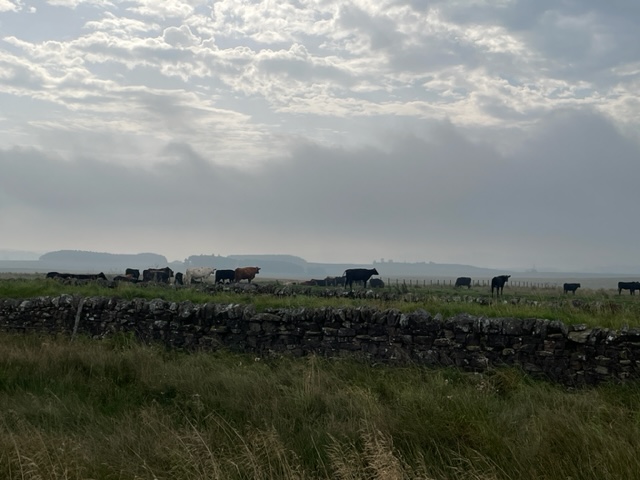
We missed the peak season for the bright purple heather on the hillsides. I saw photos of heather in their prime season and it looked stunning…just like when we see the fall color peak in Minnesota.

But we did see a lot of heather past peak, and it was still pretty. The picturesque Scottish Highlands are a perfect backdrop for the muted colors of the heather.

More than the average colorful hydrangea’s in many places…blues and pinks and deep purples.
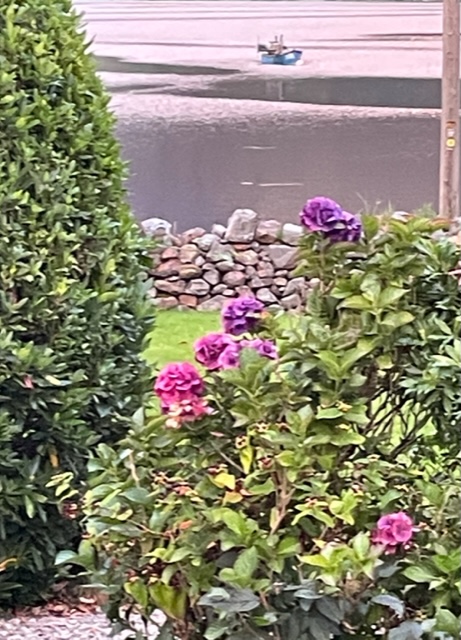
Flower pots and window boxes are a bright spot when the weather is overcast and dreary, which they say is a lot of the time.

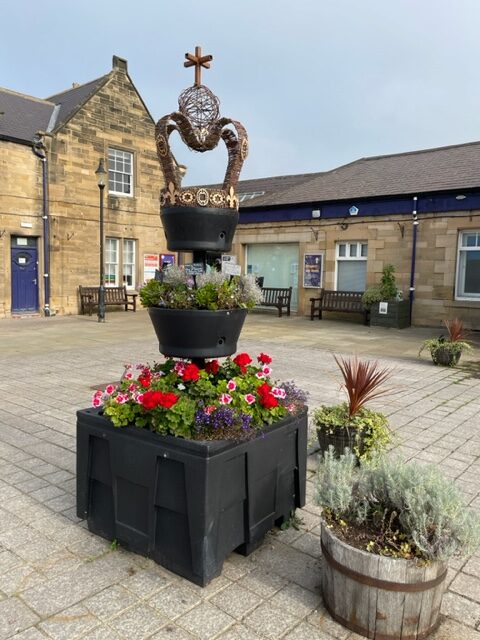
Rosebay willowherb was another wildflower that was in bloom.

We also saw many rainbows during our time in Scotland. This full rainbow was taken on our last day, before we boarded our flight home.
